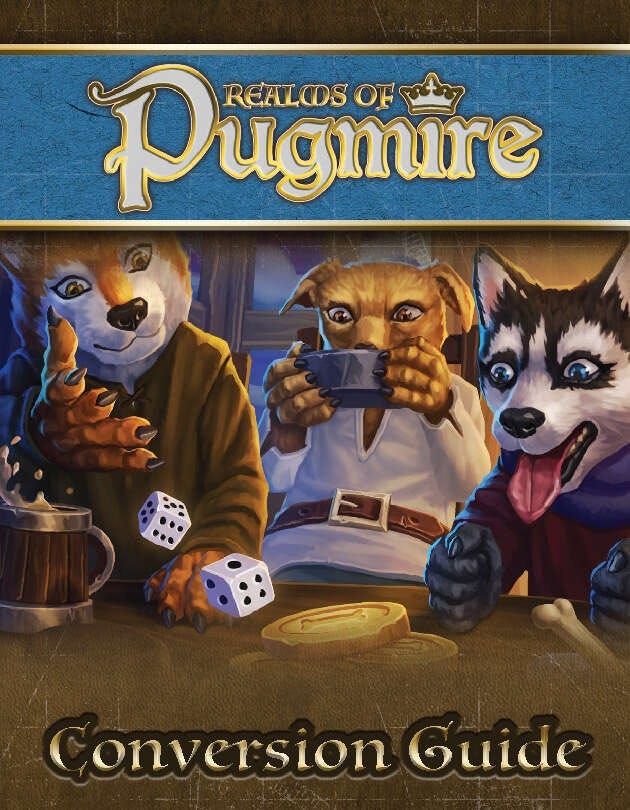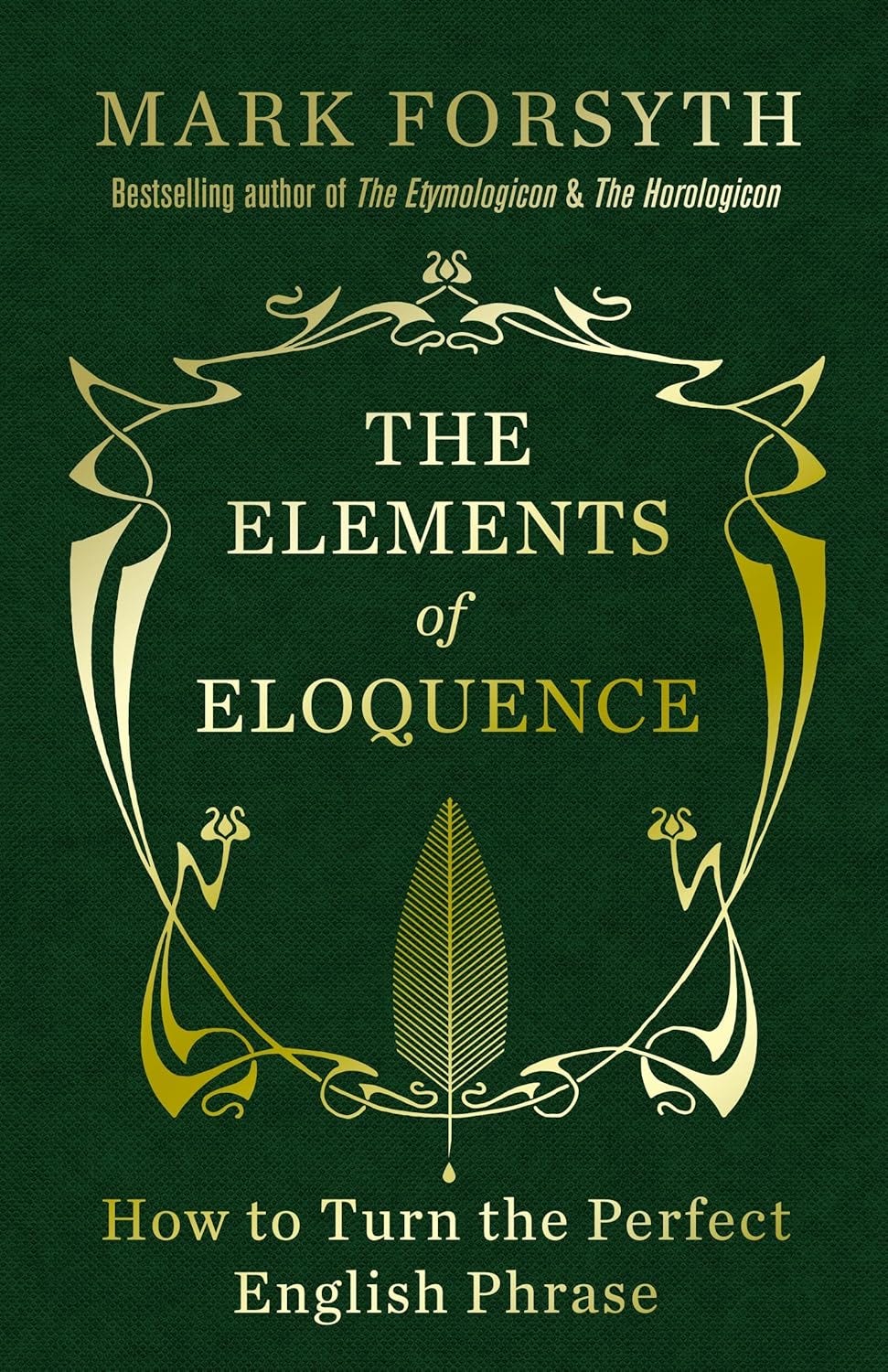I often equate my workload management to a game of Tetris.

Actually, before I dive into that: Happy fourth anniversary to this newsletter! I just realized my first issue was 3 May 2021, and I’ve been posting monthly since then. That’s nearly fifty of these. It’s also auspicious, as I have a minor change to the newsletter planned in future. Stay tuned.
Back to Tetris. Projects come in a variety of shapes and sizes, like Tetris blocks. Sometimes the project patterns are clear and easy, like when you get a number of blocks you can set side-by-side. Sometimes they’re weirder, but after some adjustments you can get a project to fit into a slot between other projects. A lot of the time, they don’t fit neatly together, so you just have to work to clear the earlier projects to make room for the incoming later ones.
And, once in a while, your projects overflow.
I can’t get into specfics, NDAs being what they are, but that happened to me recently: a few things changed, and what I thought was a nice, neat set of project work ended up bigger and thornier than I expected. I didn’t have any room to fit the upcoming blocks into the pattern, and I had to step off a couple of projects as a result.
It’s rough, but it happens. For example, even outside of myself, I can think of five colleagues off the top of my head who have had medical problems impact their workload (either their own medical issues, or those of loved ones, or even both). Five times that number have had issues getting things done because of the generally shitty state of the world. But putting all that aside, sometimes the projects themselves change: deadlines move around, the scope of work increases or decreases, or aspects of the business relationship change or (worse case scenario) break down.
As a freelancer, a project is never completely locked in until your work is done, you’ve been paid, and it’s out in the world or definitely cancelled. You’re always having to reassess. To continue the Tetris analogy, you sometimes need to keep spinning and adjusting the blocks, and then once they’re landed carefully building other blocks around it until you can finally clear it out.
Also much like Tetris, it never really ends. My workplan is full of tasks I’m always adding to and pulling from, week after week, month after month, year after year. There’s one task on my chart that’s been around for as long as this newsletter has! A few times I’ve been so caught up (or I’ve decided to bin tasks I was never going to get to) that I have a clean slate, but it hasn’t been true in a long time. I always have another block ready to fall.
If you do have a clean slate, then definitely take a rest if you need one, but once you’re rested ask your what’s the next block I need to play? If you look around, there’s always a task you could be doing. Maybe your freelance website hasn’t been updated in a few years. Perhaps you haven’t poked around LinkedIn to see if there are new opportunities to consider. Now might be the time to email some old clients and see if they have anything new you might be a good fit for.
Yes, I just moved from talking about having too much work to talking about not having enough, but that’s how it goes for freelancers (and, admittedly, that’s where my Tetris anology breaks down). It’s feast or famine, too much or not enough, ocean or desert. Rarely will there be a steady stream of just enough work. Which is all the more reason to find out how your current work fits together.
News
Holy cow, I have a lot to talk about this month!
First off, there’s been a new Realms of Pugmire release: It’s the Realms of Pugmire Conversion Guide, a short and handy PDF that helps you convert material from the original edition of the game to the new one.
Secondly, I have been doing a lot of recordings recently! Let’s quickly get through the list.
Red Moon Roleplaying’s Masks of Nyarlathotep has launched! I’m playing Shelby Shattock, an American author living in England who has an unusual (perhaps unhealthy) obsession with the occult.
Episode 1: We begin another epic journey by tackling the legendary Call of Cthulhu campaign "Masks of Nyarlathotep".
Episode 2: Our three intrepid investigators meet up in Lima, eager to join the Larkin expedition.
Episode 3: What begins as a convivial dinner slowly curdles into unease, as our investigators start to suspect that the Larkin expedition harbors dark secrets beneath its polished surface.
I also was on a recent edition of Extra Credit’s Design Club, talking about the impact of tariffs on the tabletop industry.
I’ve also been talking a fair bit about the role of “politics” in game design (i.e., games with a message), both on RPG R&D and GM Talks.
Finally, in between recordings, I contributed a short story to a charity zine called Punch a Nazi. They’re only 33% of the way to their goal of $1,500 right now, but it’s a great book. Here’s a brief introduction to it!
A 100+ page anthology of comics, prose, poetry and illustrations with only one rule: each submission must be about punching a Nazi. We’ve got historical Nazis. Space Nazis. Comedy Nazis and the Nazi-adjacent. We’ve got humour, action, and romance. We’ve got people making a difference in little ways all the way up to personally fighting Hitler. And it’s all created by people from across the spectra of sexuality, gender, and ethnicity, gathered here with a singular goal: to punch some goddam Nazis. 100% of the money earned will go to The Trevor Project, supporting Trans suicide prevention.
My Media
Today I want to talk about The Elements of Eloquence by Mark Forsyth.
It’s a book every writer should read, but it’s not a book about writing advice. It’s a book about language, although really it’s a book about rhetoric, although really really it’s a book at how much we’ve forgotten about English rhetoric. It’s also pretty funny.
Basically, the book talks about rhetorical devices — ways that we can modify prose and speech in order to make it more memorable. Forsyth illustrates these not only with poetry and classic lines from Shakespeare and Oscar Wilde, but also pop culture and ad campaigns. It lays bare exactly why certain turns of phrase, song lyrics, or speeches stick with us.
As a writer, a lot of this are things I’ve done subconsciously, unintentionally, under the auspice of something just “sounding good.” Now I have a much better understanding of why that is. Admittedly, once in a while Forsyth belabours a point — you really don’t need a couple of pages to explain how alliteration works, for example — but in general it’s a fast, witty read with some moments where I laughed out loud. I originally got it from the library as research, and I loved it so much I not only bought my own copy, but also copies of two more of Forsyth’s books: The Etymologicon (a book on etymology) and The Horologicon (a book on obscure words).
Even if you aren’t a writer, but you just love the sound of language or are curious what makes for a memorable phrase, this is definitely a book worth picking up.
Speaking of which, I need to get back to creating a few memorable phrases myself. See you next time!






